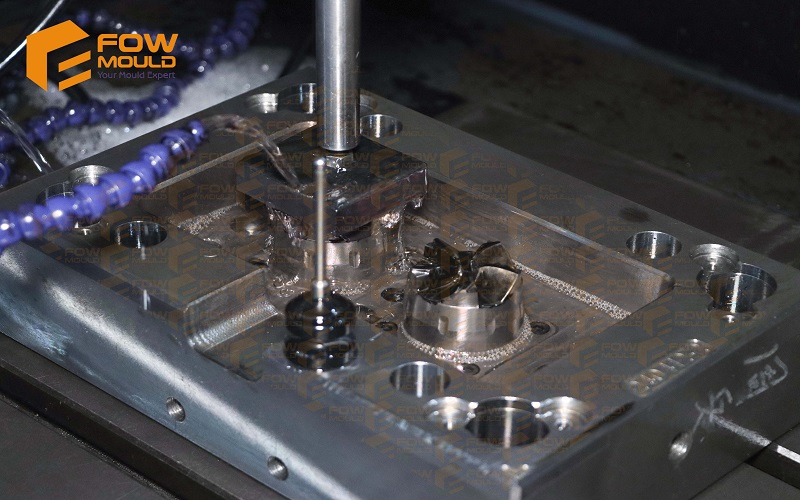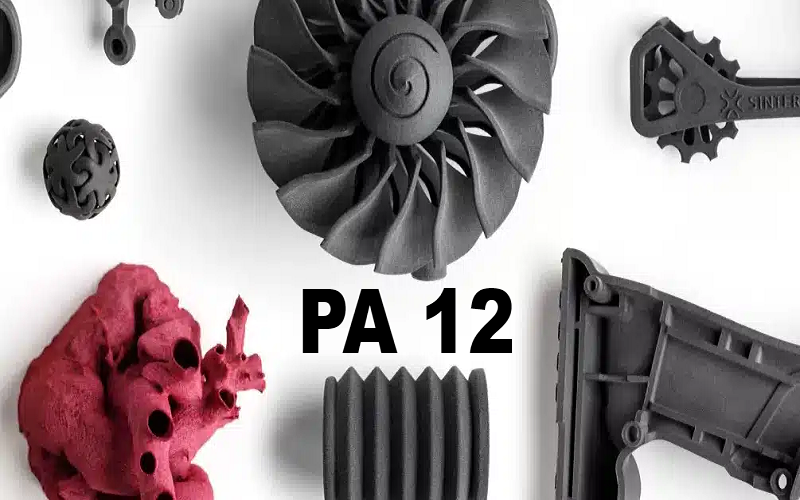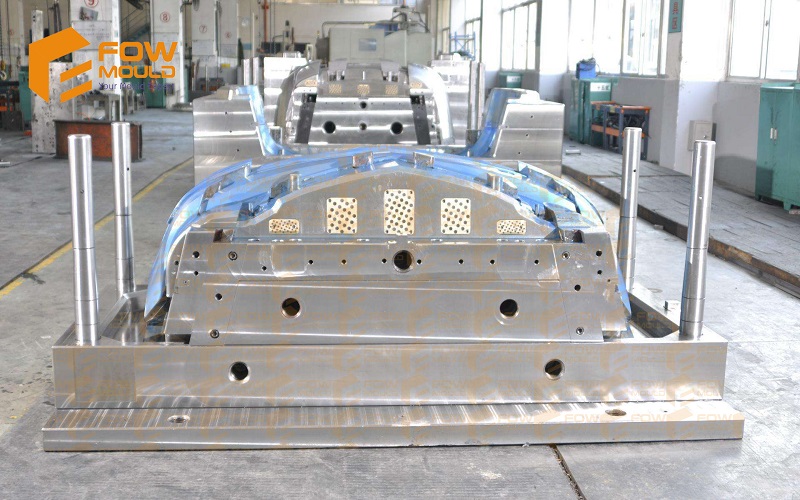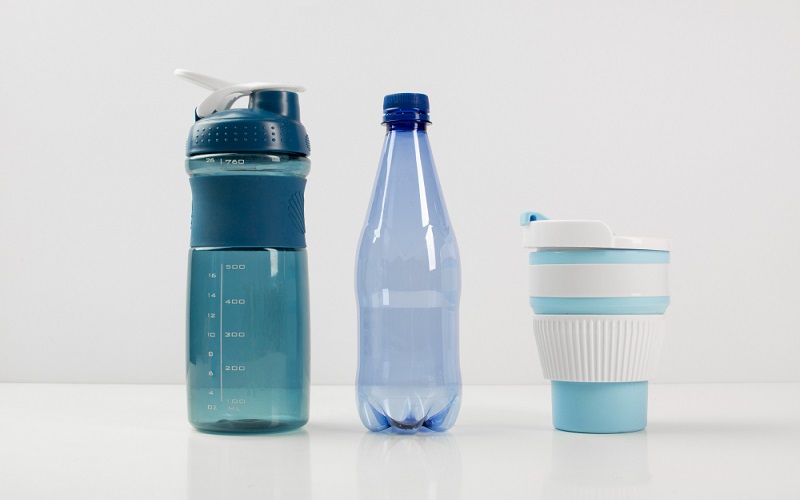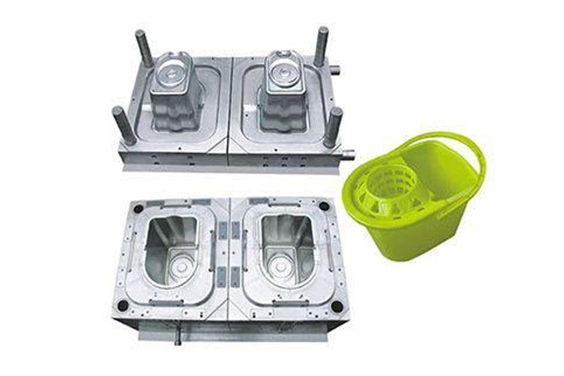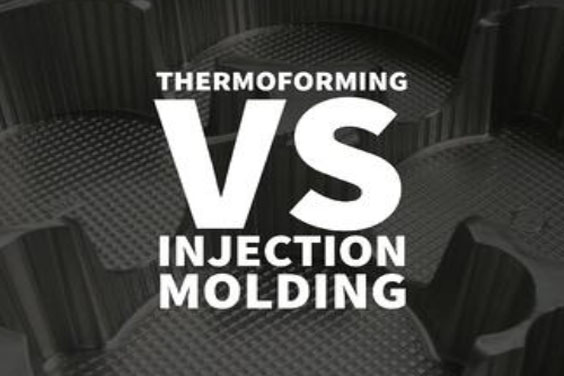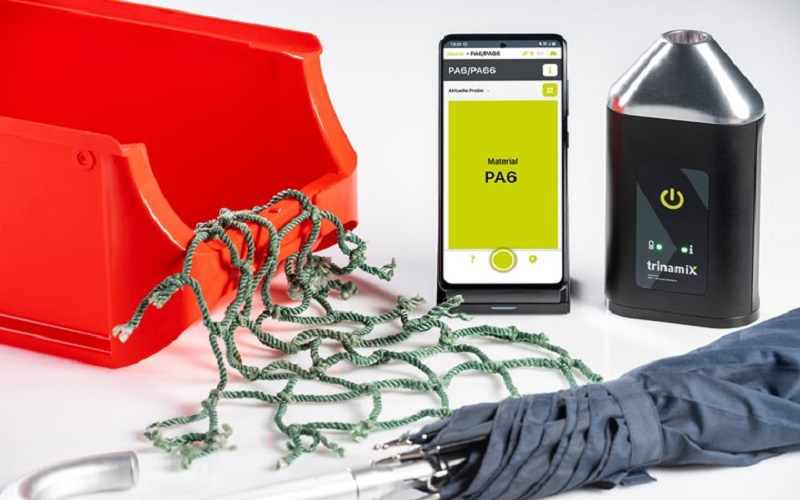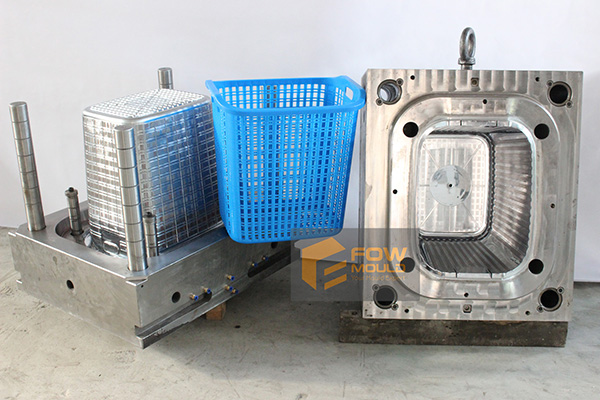
Plastic Prototype 101: What Is It and How to Manufacture It
- Home
- > Blog
Share :
Share :
One of the most important things that are handled in injection mold making technology is prototyping. This is basically a process where a model is created from scratch using a modeling mechanism to give the manufacturer a preview of what the product looks like in reality once it is finished. Then the dimensions of this prototype are what is then used as the blueprint for mass-producing similar items.
We are going to explore what plastic prototypes are, how they are manufactured, how they affect the injection molding process, the alternatives that one can use to make them, and the limitations and benefits that they bring to the fore. So stick around if you have always been curious to know what plastic prototypes are.
What Is Injection Molding Prototype?
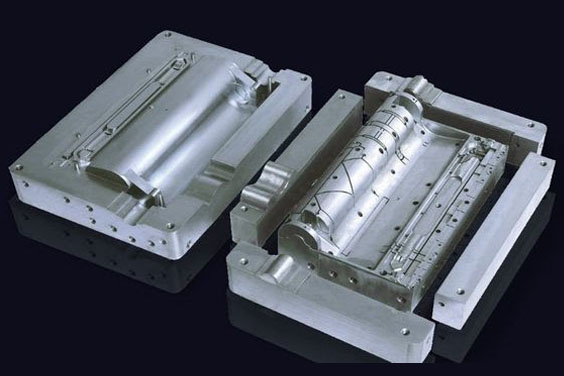
Source: Pinterest
An injection molding prototype is one that’s designed for the rapid production of other prototypes that are to be classified as the right material that is intended to make large numbers of plastic parts up to their thousands. It is a method that was created specifically to make the mass production of complex objects to be more economical, something that used to pose a challenge in the past due to design constraints.
The parts that make up the prototype are the same as those that could be found in a plastic part that was made through normal injection molding, only that the former has a longer lifespan. Prototype injection molding is what makes it possible for mold manufacturers to come up with customized models that are based on the exact specifications from the client. This is why most prototypes are made using advanced prototype molding machines as they are more accurate, and changes can be added while the process continues.
The use of prototypes is to limit losses in the event that the manufacturer decides to go into full-scale production if the prototype meets the needed requirements. This ensures that the raw materials, the budget for setting up production, and the sourcing of labor are done based on clearly defined expectations.
How to Make Plastic Prototype for Injection Moldings
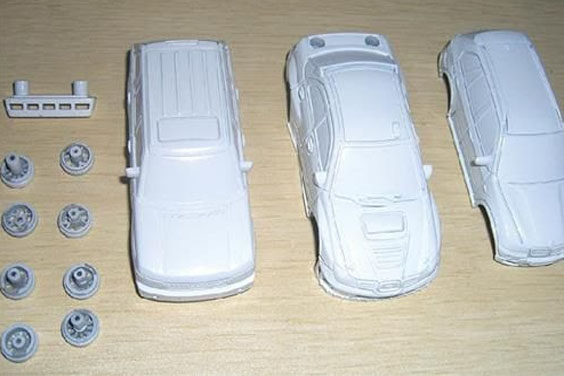
Source: Pinterest
There are about four well-defined simple steps that you could use to come up with a plastic prototype from scratch. These steps follow a well defined guideline that ensures the prototype that is produced at the end is up to standards as it will be used for the production of other high-volume parts. These steps include the following.
Step 1: Create the Design
Begin with the concept and the mould design, as that is the most important step in the whole operation. It diesn;t matter the scale of the item you intend to create, be it a complicated part or a simple one; start by coming up with a design concept that should give you an idea of where to begin.
When coming up with the initial design, think of some factors that will help you achieve your target easily. This includes the functionality and feasibility that will make the final product usable. This means that if things failed at the very start, then that’s all the indication you need to know that what you are trying to make will not work even if you somehow took it to completion.
This is the point where you have to use expert advice and the best design software that you can afford because success in these sections will determine how the rest of the production process will pan out. There are a number of CAD software that you can turn to without breaking your bank.
Step 2: Product Engineering
This second step begins when the product design is ready and has passed all the tests, and functionality requirements and all the people involved have given their seal of approval that the model can be reproduced in mass production. This is the point where the engineering time comes in and starts looking at the possible materials that can be used to best bring out the qualities of the prototypes.
This process is done with careful assessment using the best materials that the company can source. Every possible factor that may cause negative impacts in the final production is also investigated to find ways that would counter and limit them in the final production part. The plastic material is carefully assessed to ensure that nothing goes away once everything has been cleared.
Step 3: Mold Creation
Mold creation is the most critical part of the entire process, where the concept that was designed in the first part is finally brought to life. In this stage, there is the use of plates that are designed to push against each other in the mold amidst the water lines that ensure cooling happens during the process. Thanks to technological advancements like the use of MFA software, manufacturers are now able to first visualize the model beforehand and make changes in the virtual design to save on cost and wastage of raw materials that would have been the case if this was done on a trial and error basis.
Step 4: The Molding Process
Once everything is ready, it is time to put the prototype into use by initiating the mass production of similar parts using normal injection modes based on the prototype. Melted plastic is now injected into the crates, where it is cooled by water lines gradually to avoid any weaknesses from developing. Once the cooling is done, the products are ejected safely, and the final design is materialized.
Best Materials for Injection Molding Prototype
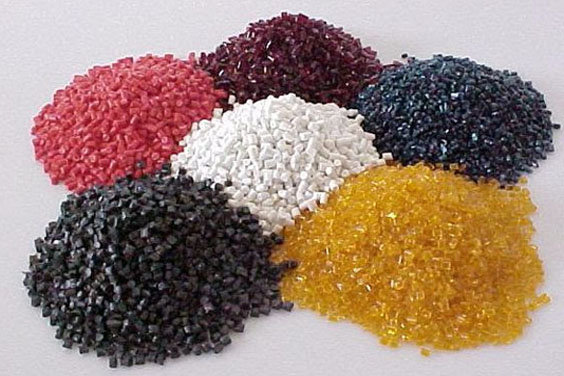
Source: Pinterest
There are specific materials that are ideal for plastic prototyping in injection molding. Each of these materials has certain qualities that make them best suited for their rules, and they include the following.
- ABS: Acrylonitrile Butadiene Styrene is a very strong material that gives the final product a very aesthetic appearance. It also allows for things like painting, texturizing, and other forms of decoration to be added in order to achieve any look that one would like.
- POM: Polyoxymethylene is a well-known low-friction plastic material that has one of the best wear resistance around and is ideal for making hard objects like car gears. Als called Acetal; POM is also loved due to its stability even when exposed to extreme heat.
- PP: Polypropylene is a very flexible plastic material that is used widely for plastic prototyping in injection molding and is found in the mold manufacturer of automotive interiors. It has high chemical resistance and can resist scars and cracks. However, it is not easy to paint or add any decorations to it.
- Nylon: Nylon is the most abundant form of plastic that is widely used to make hard objects. It comes in so many formulations that it is hard to keep track of the things that one can use them for. The prototypes that are made using nylon are usually used to make engineering products that need durability and strength.
- Polycarbonate: This is a clear and strong material that gives manufacturers the flexibility they need to make cleared items and prototypes. However, they scratch too easily, and when it comes to gluing and decorating them, they can be a hard nut to crack in that regard.
- Acrylic: This is another transparent plastic material that may lack the strength that other materials like nylon may possess, but on the flip side, they are impervious to scratches. They have a very glossy finish and can be used for prototypes that aim at having an aesthetic make-up. The materials made from acrylic are mainly used for making optical products.
- Photo-Curable Resins: This is the latest addition to the prototyping materials that involves the use of resins that are photocured to make them stronger and flexible enough for several uses. They are some of the most revolutionary materials as they allow for very fast production and are priced very reasonably.
Advantages and Disadvantages of Injection Prototype Molds

Source: Pinterest
Reliable as they may be, injection molding prototypes come with their own benefits and limitations, and these two attributes are what play a role when it comes to manufacturers making the selection of materials and the too long. They include the following.
Advantages
- Prototyping limits the concept risks as it makes it easier for changes and modifications to be made quickly and without consequence. This wouldn’t be possible if this was done afterward.
- They limit the financial risk that comes with trial and error techniques. With prototyping, you are able to use the materials that you need, the tooling that you require, without wasting anything in the process. This is the most cost-effective process you will ever come across.
- They make it easy for production to be fast as concepts can quickly be brought to life without stopping the production. And once the prototype is ready, mass production can quickly kick-off.
- The parts that are created from prototypes are among the most reliable around as they are made to exact specifications and dimensions. This limits the chances of injection molding defects cropping up during the main production process.
Disadvantages
- The technologies used in prototyping are very expensive, and this makes the concept and designing phase a very costly affair that can only make sense if the end result can be adopted for mass production through injection molding.
- It is a very long process to come up with a design and have it approved by different levels of people. If you are in a rush to beat deadlines, then prototyping should be the last thing on your mind.
- There are a lot of production constraints like the cost of the equipment needed for the creating prototypes, the expertise needed, and the complexity of the whole process. This limits the things that a mold engineer can do.
Conclusion
Prototyping for injection molding continues to expand and develop further as more technology is being integrated into the injection molding process. There are many other ways that can be applied, if you are interested in exploring more on that and want to get professional plastic injection molding service, then check out our website and have all your questions addressed by our team of experts.

